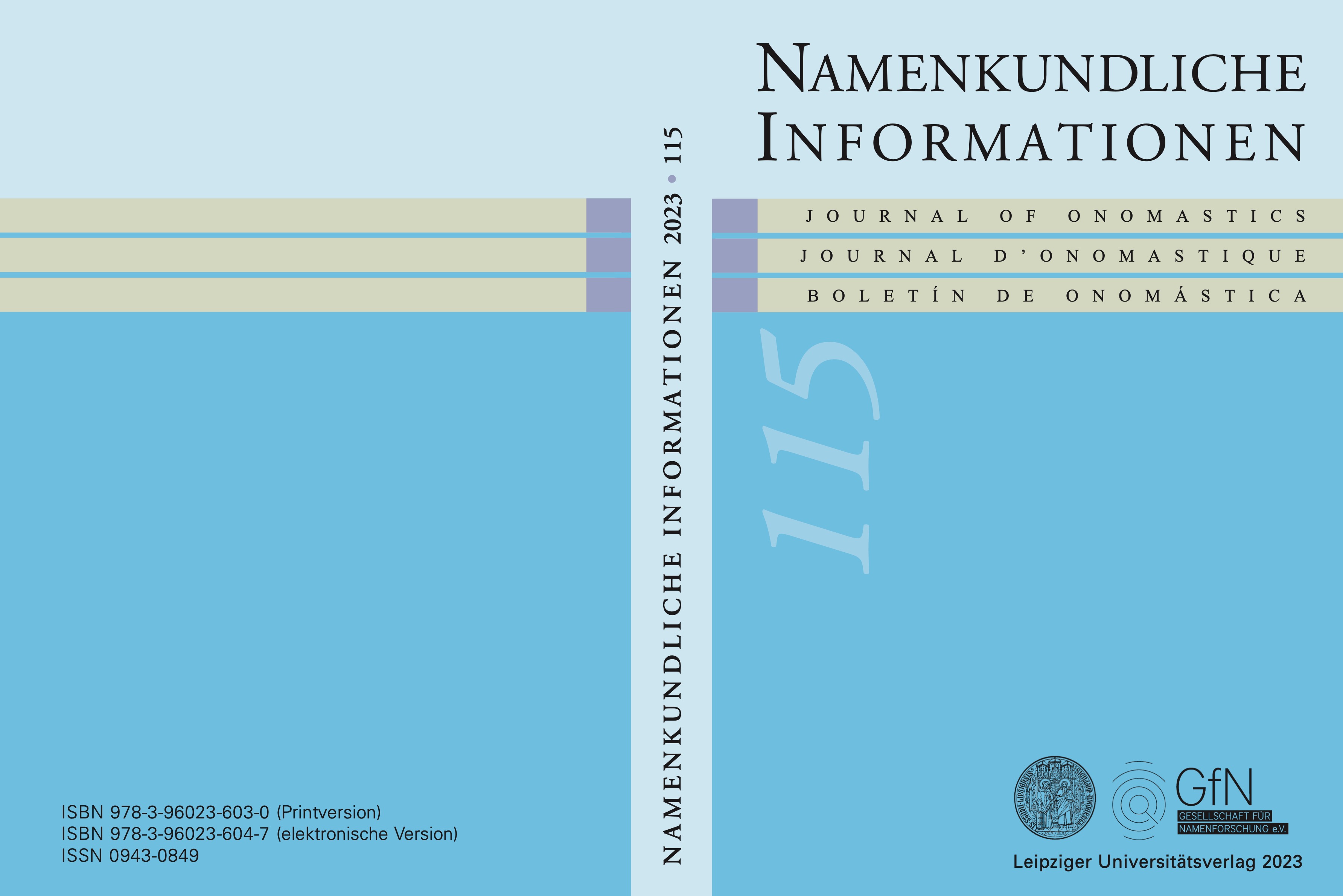Die Namen der Translatio s. Alexandri und Altsächsisches in Fulda
(Themenschwerpunkt)
DOI:
https://doi.org/10.58938/ni732Abstract
The Translatio s. Alexandri describes the transfer of Alexander’s relics from Rome to Wildeshausen Abbey in 851. The text was written by the Fulda-based monks Rudolf and Meginhard just a few years after the events it describes and has been preserved in a contemporary manuscript, presumably Meginhard’s copy. The text is of key significance for the historiography of Saxony. However, less attention has been paid to date to the Old Saxon names. mentioned primarily in the accounts of miracles. From the perspective of Old Saxon, these are important both because they are relatively old compared to the rest of the Old Saxon tradition and because of the rare circumstance that the individuals named are often mentioned in conjunction with their village of origin. From the perspective of the Fuldian tradition, the names are of outstanding importance because they constitute authenticated Old Saxon evidence of the non Saxon monastery. Further (presumed) evidence of Old Saxon from Fulda can be compared directly with the names in the Translatio: the phonetic form of certain other names from Fulda sources (such as from necrologies and charters) also points to Old Saxon (discussed by Geuenich 1976). A single interlinear gloss from Fulda, which has so far been overlooked by Old Saxon research, can possibly be identified as Old Saxon. Last but not least, the Hildebrandslied displays conspicuous Saxonisms which, however, clearly deviate from the Old Saxon characteristics of the names (e. g. palatalization of g, disappearance of h). Both the lack of these characteristic sounds and the mechanical “undoing” of the second sound shift along with the unusual spellings for urgerm. *ē2 indicate that it was not a Saxon who was responsible for the Saxonisms in the Hildebrandslied.ⅺ.
Downloads
Veröffentlicht
Ausgabe
Rubrik
Lizenz
Copyright (c) 2024 Christoph Hössel

Dieses Werk steht unter der Lizenz Creative Commons Namensnennung 4.0 International.
Es findet keine exklusive Übertragung von Verwertungsrechten (Copyright Transfer) an die Zeitschrift statt. Die Autor/innen stimmen bei Manuskripteinreichung der Veröffentlichung unter der Lizenz Creative Commons Attribution 4.0 International zu.


